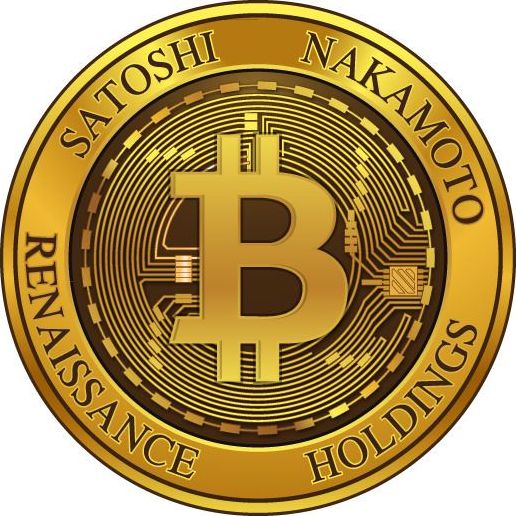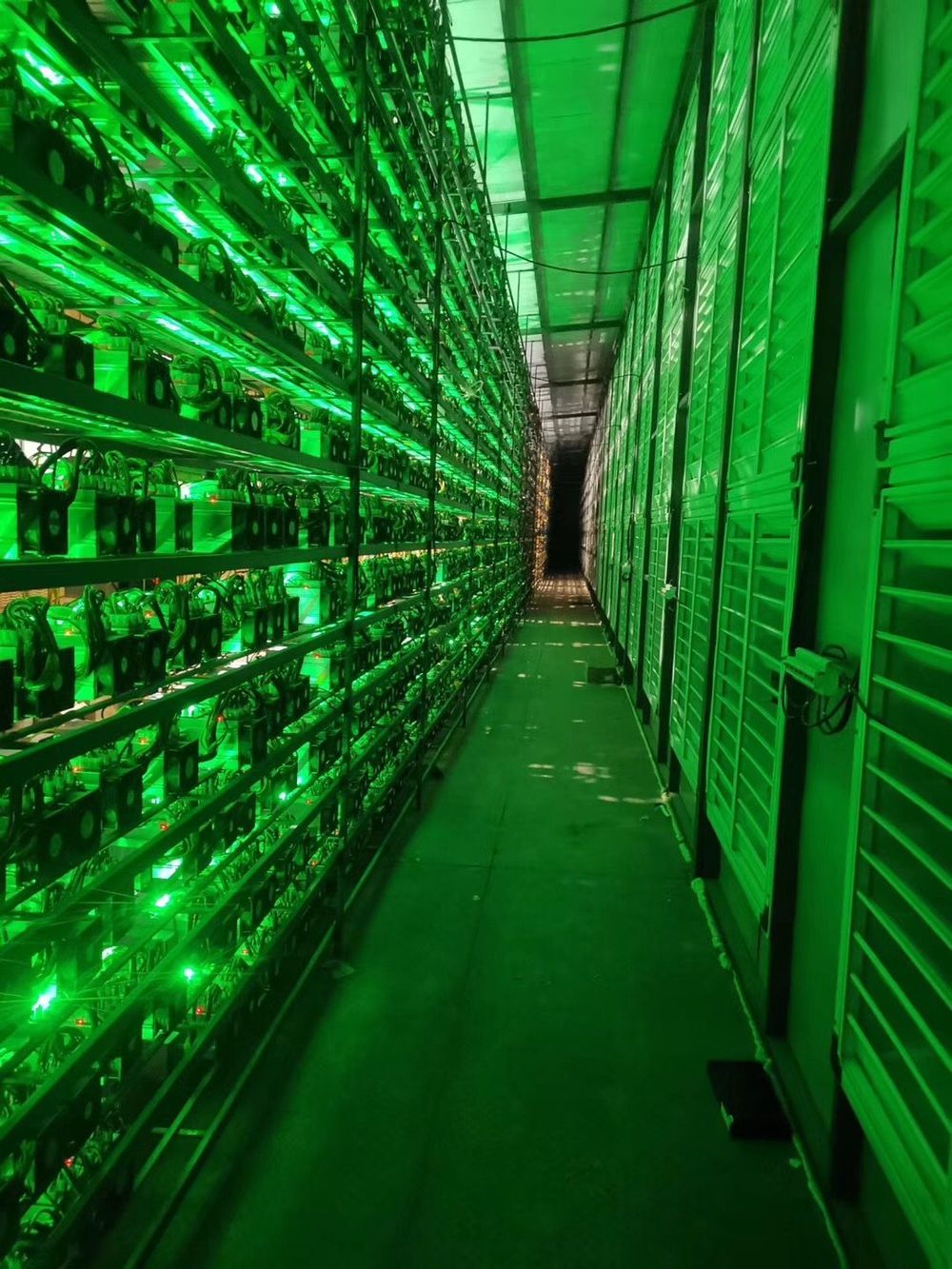Owning one full bitcoin is becoming a recognized attainment goal. And thereby hangs a tale.
Is it just a numbers game? Isn’t the unit a bit arbitrary and meaningless?…
The logistics and the math are compelling. I recognized the importance of reaching this personal milestone more than 8 years ago. But I was a nobody. No one cared. Then, in April 2019, we started to see articles in legitimate venues about this concept—and articulated in exactly this way. I borrowed the title of this post from this article in Medium.
Who Says So?







